It's like everything we touch turns to into a big steaming pile of excrement. Our relationship with dogs has taken both a mental and physical toll on the adorable little canines. Our curiosity to 'improve' everything we use has led to the intensive selective breeding of dog species, particularly the pugs! Below we unravel how dog breeds have changed over a hundred years.

Selective breeding plays with their genetics in such a way that it leaves their physical traits mangled and beyond recognition. The end result is disturbing mental and medical disorders which leaves them in incredible pain. What a perfect little mess we've made.
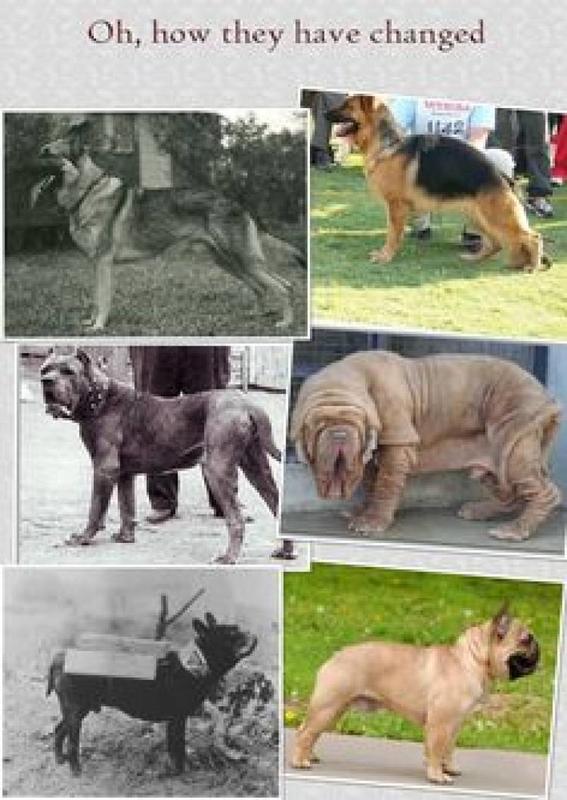
This is what they used to look like an era go, but after having undergone decades of mutation and incessant selective breeding, they have essentially become deformed and completely unrecognizable from what they used to look like. How can this be 'cute'?

A birth defect leaves them with Stenotic Nares, a disease associated with soft nasal tissues. Whenever the pug breathes, its tissue collapses causing them breathing problems. They can get elongated soft palates which reduces passage of air causing them to cough and have breathing problems.
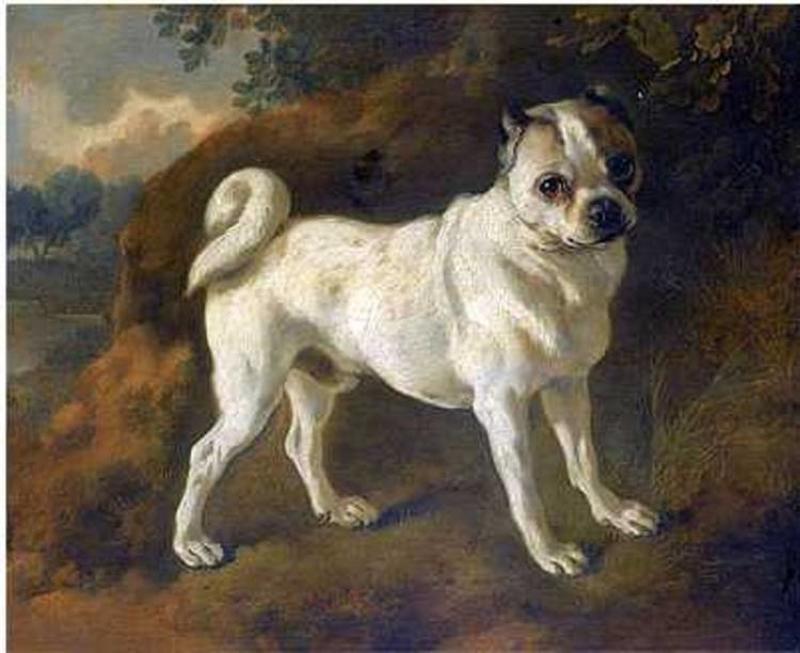
Their burgeoning anatomy (all thanks to the mutations they have undergone) make pugs prone to eye injuries and problems with their peripheral vision. They can also contract entroption, a genetic condition in which the eyelashes grow inwards instead of outwards.
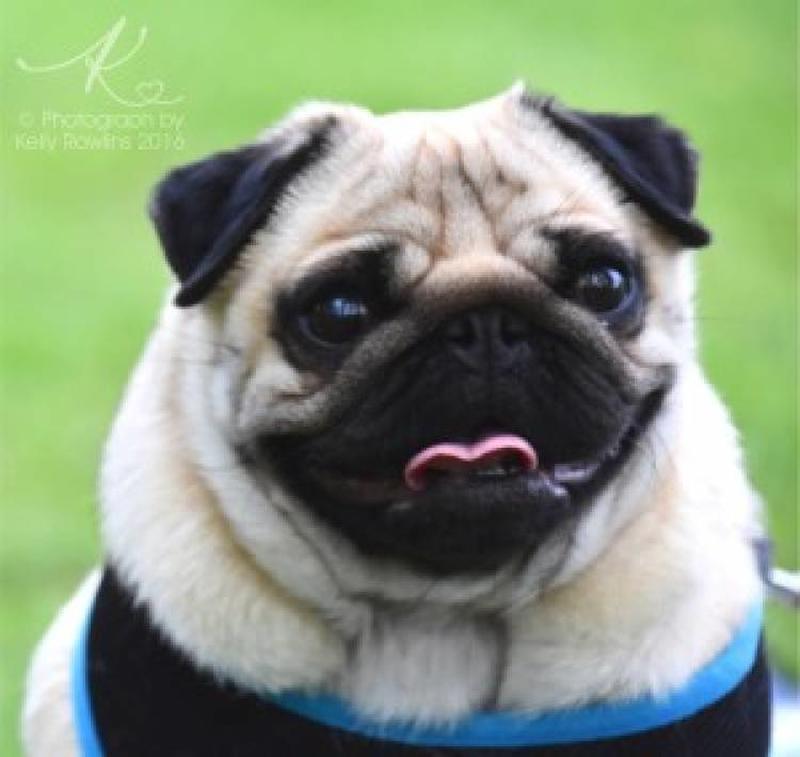
Pugs have curled tails which may look cute on the outside, but definitely have repercussions on the inside. Their folded tails resemble the letter 'Q' and tend to hold in moisture which attracts fleas which pugs are unable to reach and gnaw at.
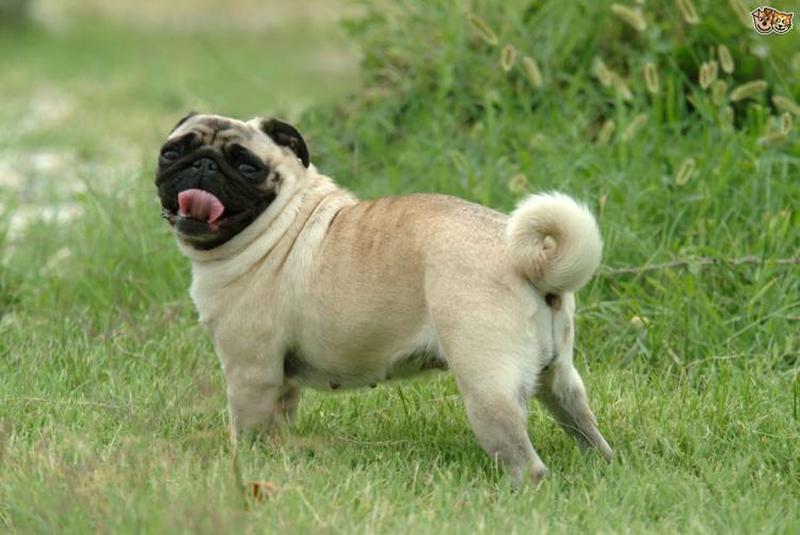
You could argue that pugs symbolize everything that is wrong with selective dog breeding, the after effects of which result in contracting almost every possible disease you can name in the book. Their massive proportions make them incapable of mating without help from vets.
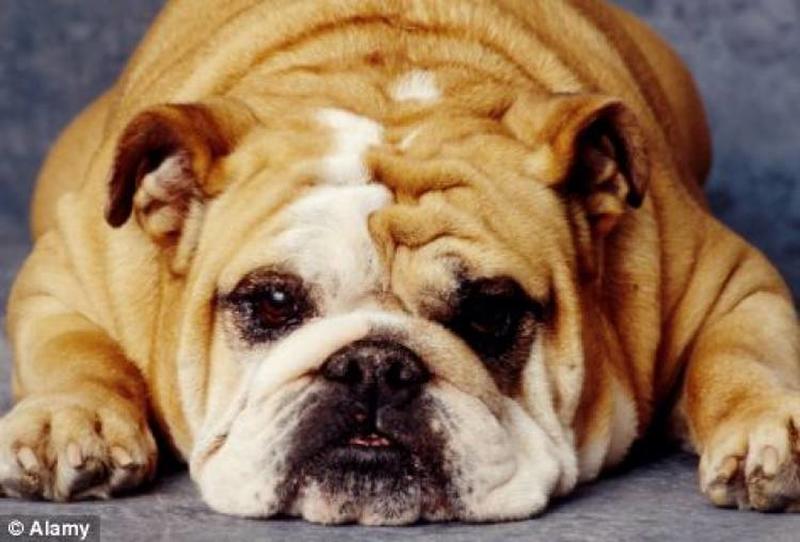
In 2016, the British Veterinarian Association asked prospective pet owners to stop adopting any fat faced dog breeds such as pugs and bulldogs. Their warnings however fell on deaf ears and people continue adopting them in large droves.

"They find it more difficult to exercise, or even do normal things like eating. As a result stores sell specific diets for them." "...no matter how good a breeder you are, you are still putting the puppies at very, very high risk." Says Dr Rowena Packer of Royal Veterinary College.

They are characterized by their shorter stature when compared to their overall length. They are extremely affectionate and devoted to their owner. As a result they have also been selectively bred for centuries resulting in disturbing mutations.
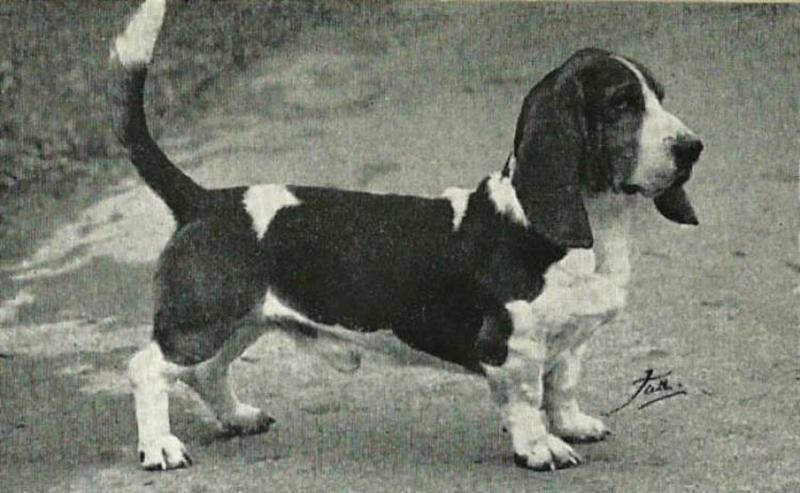
Unfortunately humans were not completely satisfied with their inherent short stature and sought to exaggerate it beyond what their bodies could handle. Today, the Basset Hound has become even shorter, with smaller hind legs and much longer ears, and as can be seen, the skin has more folds as well.
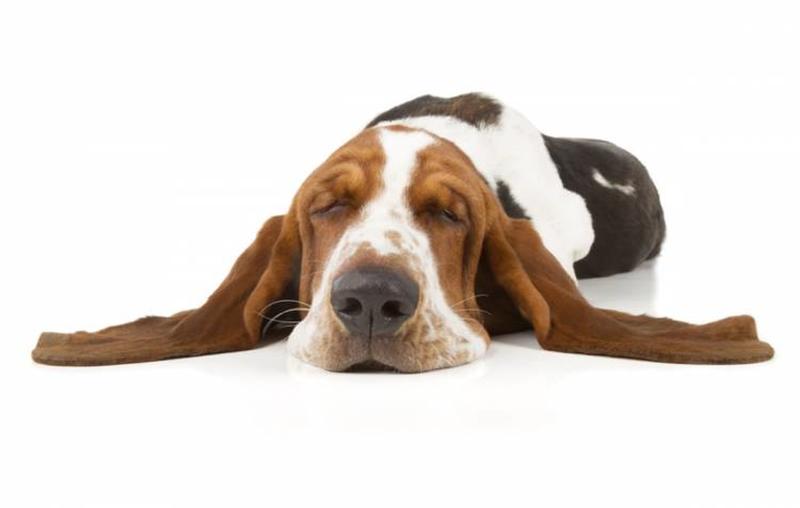
Much like pugs, boxers also have difficulty breathing because of its shorter face which is slightly upturned. They have difficulty regulating their body's temperature in hot weather and which takes its toll on their physical performance. They have one of the highest rates of cancer.
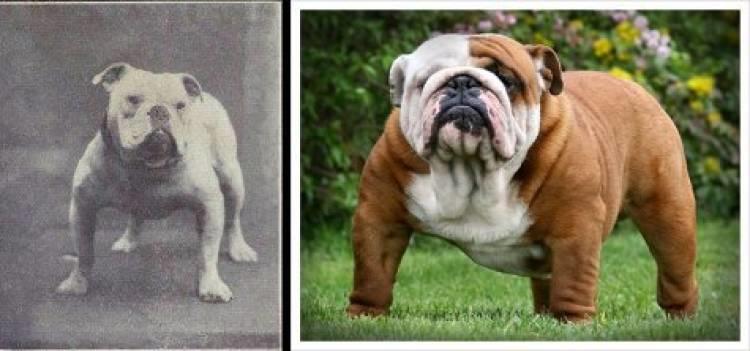
They used to be a large working breed which primarily hailed from Alps in France. They come across as imposing because of their tall stature. Their facial features make them look intelligent. Things changed when the world took fancy to them.

They have become oversized and have their faces squished in. Today, they are valued for sporting too much skin, something which you won't see in the St Bernard breed of old. The result is overheating which results in various diseases.
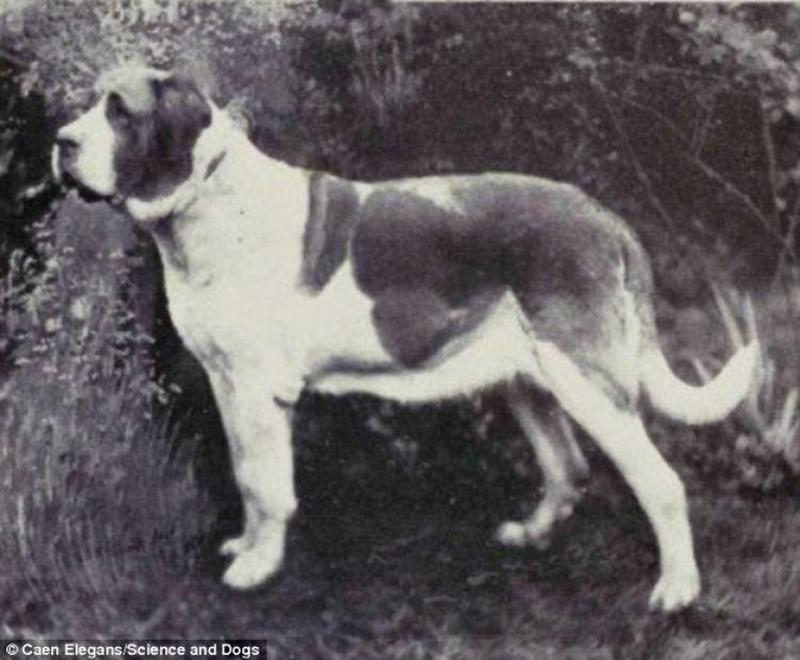
We should heed the advice of veterinarians and animal watchdog groups such as PETA. Stop adopting the French bulldog, white terriers, St Bernards and anything else which may have an adult size smaller than a cat. Once demand goes down, the inhumane breeders will leave the dogs alone.
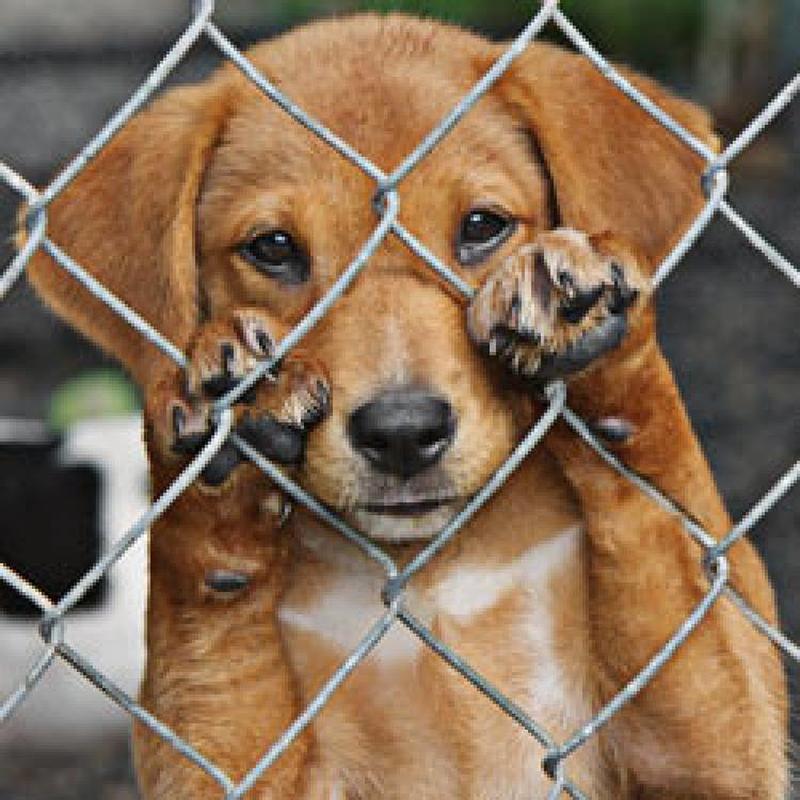
We all have a conscience. Can it rest easy knowing that we are directly responsible for the miserable condition of pugs and terriers? The onus is upon us to stop purchasing them and if possible, make it illegal to intensively breed them.
